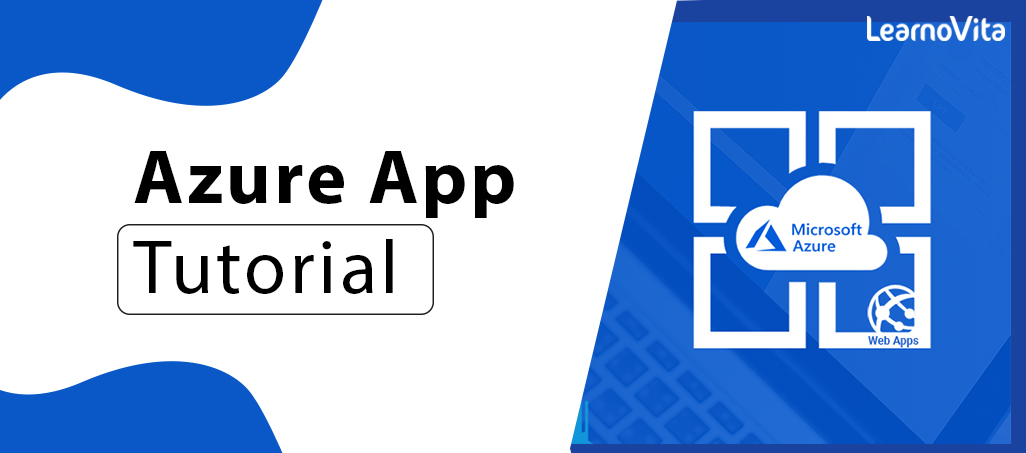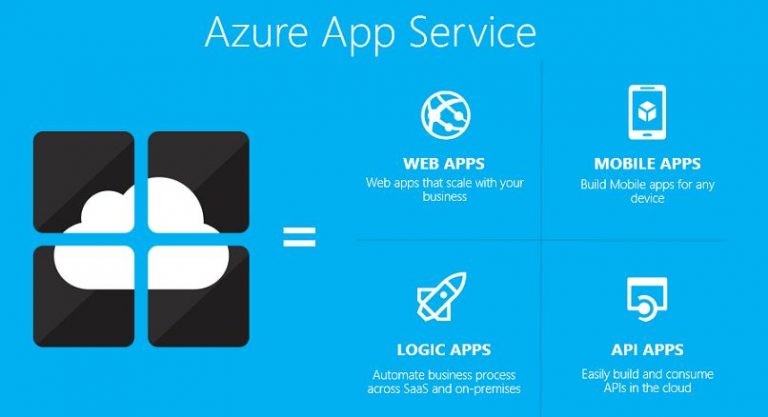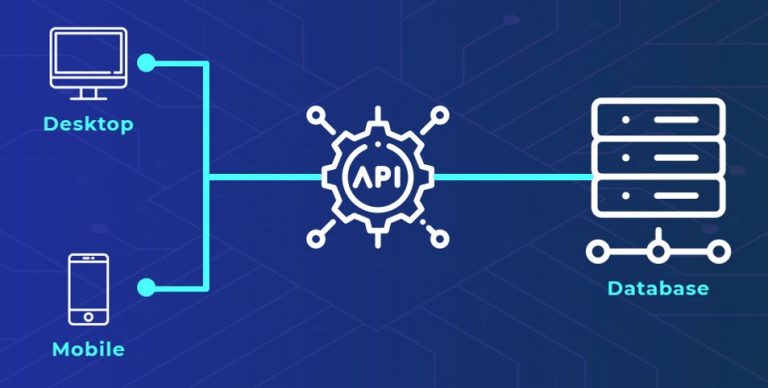- An Overview of AWS Machine Learning Tutorial
- Mapplet In Informatica | Purpose and Implementation of Mapplets | Expert’s Top Picks | Free Guide Tutorial
- Spring Cloud Tutorial
- Azure IoT Hub Integration Tutorial | For Beginners Learn in 1 Day FREE
- Cloud Native Microservices Tutorial | A Comprehensive Guide
- Azure Stream Analytics | Learn in 1 Day FREE Tutorial
- Azure Data Warehouse | Learn in 1 Day FREE Tutorial
- AWS Lambda Tutorial | A Guide to Creating Your First Function
- Azure Logic Apps Tutorial – A beginners Guide & its Complete Overview
- Azure Service Bus Tutorial | Complete Overview – Just An Hour for FREE
- Introduction to Azure Service Fabric Tutorial | Learn from Scratch
- Amazon CloudWatch Tutorial | Ultimate Guide to Learn [BEST & NEW]
- AWS Data Pipeline Documentation Tutorial | For Beginners Learn in 1 Day FREE
- What is Azure App Service? | A Complete Guide for Beginners
- AWS Key Management Service | All You Need to Know
- Apigee Tutorial | A Comprehensive Guide for Beginners
- Kubernetes Tutorial | Step by Step Guide to Basic
- AWS SQS – Simple Queue Service Tutorial | Quickstart – MUST READ
- AWS Glue Tutorial
- MuleSoft
- Cloud Computing Tutorial
- AWS CloudFormation tutorial
- AWS Amazon S3 Bucket Tutorial
- Kubernetes Cheat Sheet Tutorial
- AWS IAM Tutorial
- Cloud Concepts And Models Tutorial
- Cloud Network Security Tutorial
- Azure Active Directory Tutorial
- NetApp Tutorial
- OpenStack tutorial
- AWS Cheat Sheet Tutorial
- Informatica Transformations Tutorial
- AWS vs AZURE Who is The Right Cloud Platform?
- How to Host your Static Website with AWS Tutorial
- VMware Tutorial
- Edge Computing Tutorial
- Cognitive Cloud Computing Tutorial
- Serverless Computing Tutorial
- Sharepoint Tutorial
- AWS Tutorial
- Microsoft Azure Tutorial
- IOT Tutorial
- An Overview of AWS Machine Learning Tutorial
- Mapplet In Informatica | Purpose and Implementation of Mapplets | Expert’s Top Picks | Free Guide Tutorial
- Spring Cloud Tutorial
- Azure IoT Hub Integration Tutorial | For Beginners Learn in 1 Day FREE
- Cloud Native Microservices Tutorial | A Comprehensive Guide
- Azure Stream Analytics | Learn in 1 Day FREE Tutorial
- Azure Data Warehouse | Learn in 1 Day FREE Tutorial
- AWS Lambda Tutorial | A Guide to Creating Your First Function
- Azure Logic Apps Tutorial – A beginners Guide & its Complete Overview
- Azure Service Bus Tutorial | Complete Overview – Just An Hour for FREE
- Introduction to Azure Service Fabric Tutorial | Learn from Scratch
- Amazon CloudWatch Tutorial | Ultimate Guide to Learn [BEST & NEW]
- AWS Data Pipeline Documentation Tutorial | For Beginners Learn in 1 Day FREE
- What is Azure App Service? | A Complete Guide for Beginners
- AWS Key Management Service | All You Need to Know
- Apigee Tutorial | A Comprehensive Guide for Beginners
- Kubernetes Tutorial | Step by Step Guide to Basic
- AWS SQS – Simple Queue Service Tutorial | Quickstart – MUST READ
- AWS Glue Tutorial
- MuleSoft
- Cloud Computing Tutorial
- AWS CloudFormation tutorial
- AWS Amazon S3 Bucket Tutorial
- Kubernetes Cheat Sheet Tutorial
- AWS IAM Tutorial
- Cloud Concepts And Models Tutorial
- Cloud Network Security Tutorial
- Azure Active Directory Tutorial
- NetApp Tutorial
- OpenStack tutorial
- AWS Cheat Sheet Tutorial
- Informatica Transformations Tutorial
- AWS vs AZURE Who is The Right Cloud Platform?
- How to Host your Static Website with AWS Tutorial
- VMware Tutorial
- Edge Computing Tutorial
- Cognitive Cloud Computing Tutorial
- Serverless Computing Tutorial
- Sharepoint Tutorial
- AWS Tutorial
- Microsoft Azure Tutorial
- IOT Tutorial

What is Azure App Service? | A Complete Guide for Beginners
Last updated on 10th Aug 2022, Blog, Cloud Computing, Tutorials
What is Azure App Service ?
An HTTP-based service called Azure App Service is used to host REST APIs, web apps, and mobile back ends. Any language, including.NET, .NET Core, Java, Ruby, Node.js, PHP, or Python, may be used to create it. Both Windows and Linux-based systems provide easy scaling and operation of applications. In addition to enhancing applications with Microsoft Azure’s capabilities, App Service also provides security, load balancing, auto – scaling, and automated administration. Additionally, it may benefit from its DevOps skills such as continuous deployment via GitHub, Docker Hub, and Azure DevOps.
Why use Azure App Service?

For developers, Azure App Service offers a fully managed platform as a service.
Multiple languages and frameworks :
Multiple frameworks and languages are supported by App Service, including ASP.NET, ASP.NET Core, Java, Ruby, Node.js, PHP, or Python.
may also be used to execute PowerShell and other compiled code or scripts in the background.
Managed production environment :
App Service automatically patches and manages the OS and language frameworks .
Containerization and Docker :
- Dockerize app and host a custom Windows or Linux container in App Service.
- Run multi-container apps with Docker Compose.
- Move Docker skills directly to App Service.
DevOps optimization :
- Set up continuous integration and deployment with Azure DevOps, GitHub, BitBucket, Docker Hub, or Azure Container Registry.
- Promote updates through test and staging environments.
- Maintain the apps in App Service by using Azure PowerShell or the cross-platform command-line interface .
Global scale with high availability :
- Scale up or out manually.
- Host apps any place in Microsoft’s global datacenter infrastructure.
- And the App Service SLA promises more availability.
Connections between SaaS platforms and on-premises data :
- Choose from more than fifty connectors for enterprise systems ,SaaS services, and internet services (such as Facebook).
- Utilize Azure Virtual Networks and Hybrid Connections to access on-premises data..
Security and compliance :
- App Service is ISO, SOC, and PCI compliant.
- Authorize the users with Azure Active Directory, Google, Facebook, Twitter, or Microsoft account.
- Create IP address rules and manage service identities.
Application templates :
Choose from an extensive list of application templates in the Azure Marketplace, like WordPress, Joomla, and Drupal.
Visual Studio and Visual Studio Code integration –
Dedicated tools in Visual Studio and Visual Studio Code streamline the work of creating, deploying, and debugging.
API and mobile features :

- App Service provides turn-key CORS support for RESTful API scenarios.
- And simpler mobile app scenarios by connecting authentication, offline data sync, push notifications, and more.
Serverless code: Run a code snippet or script on-demand without having to explicitly provision or manage infrastructure, and pay only for the compute time code actually uses .
App Service on Linux
- App Service can host web apps natively on Linux for encouraging application stacks.
- It can run custom Linux containers .
- App Service on Linux encourages a number of language specific built-in images.
- Just deploy code. Supported languages include: Node.js, Java (8, 11, and 17), Tomcat, PHP, Python, .NET Core, and Ruby.
- Run a webapp list-runtimes –os linux to display the latest languages and supported versions.
- If the runtime application need is not supported in the built-in images, deploy it with a custom container.
- Outdated runtimes are periodically separated from the Web Apps Create and Configuration blades in the Portal.
- These runtimes are hide from the Portal when they are deprecated by the maintaining organization or found to have significant vulnerabilities.
- These options are hideto guide customers to the latest runtimes where they will be the most successful.
- When an outdated runtime is hidefrom the Portal, any existing sites using that version will continue to run.
- If a runtime is fully removed from the App Service platform.
- Azure subscription owner(s) will receive an email notice before the removal.
- If you need to create another web app with an outdated runtime version that is no longer display on the Portal view the language configuration guides for instructions on how to get the runtime version of your site.
- It can use the Azure CLI to develop another site with the same runtime.
- Alternatively, can use the Export Template button on the web app blade in the Portal to export an ARM template of the site.
- It can reusable this template to deploy a new site with the same runtime and configuration.
- 1. Create a deployment slot if do not already have one, and clone settings from the production slot.
- 2. A deployment slot will allow to safely test modify the application and swap those changes into production after review.
- 3. Deploy application to the deployment slot using the tool of choice .
- 4. Confirm application is functioning as expected in the deployment slot.
- 5. Swap production and staging slots.
- 6. This will apply the APPSETTING_DEFAULT_OS=bullseye app setting to production.
- 7. Delete the deployment slot if no longer using it.
- This limitation has been lifted from the platform and existing resource groups have been updated to encourage this.
- App Service on Linux is not encouraged on Shared pricing tier.
- The Azure portal display only features that currently work for Linux apps.
- As features are enabled, they’re activated on the portal.
- When deployed to built-in images, code and content are slotted a storage volume for web content, backed by Azure Storage.
- The disk latency of this volume is more and more variable than the latency of the container filesystem.
- Apps that need heavy read-only access to content files may benefit from the custom container option, which places files in the container filesystem instead of on the content volume.
Built-in languages and frameworks
Verify the platform update
create a deployment slot to test that application works correctly with Debian 11 before applying the change to production.